It’s time for another roundup! This is where we share small things don’t need dedicated articles, but still deserve attention.
1. Oodles of New Fan Translations
A substantial amount of Japanese-to-English fan translations were released since the last roundup. There’s a lot to cover, so let’s dive right in.
Godzilla: Monsters Attack (Game Gear, English Translation)
Idol Hakkenden (Famicom, English Translation)
Linkle Liver Story (Sega Saturn, English Translation)
Majin Tensei II: Spiral Nemesis (Super Famicom, English Translation)
Megami Tensei Gaiden: Last Bible (Game Gear, English Translation)
Metal Max (Famicom, English Translation)
Miracle Girls (Super Famicom, English Translation)
Moldorian: The Sisters of Light and Darkness (Game Gear, English Translation)
Ni no Kuni: The Jet-Black Mage (Nintendo DS, English Translation)
Pretty Soldier Sailor Moon S (Game Gear, English Translation)
RPG Jinsei Game (Famicom, English Translation)
Super Robot Wars EX (Super Famicom, English Translation)
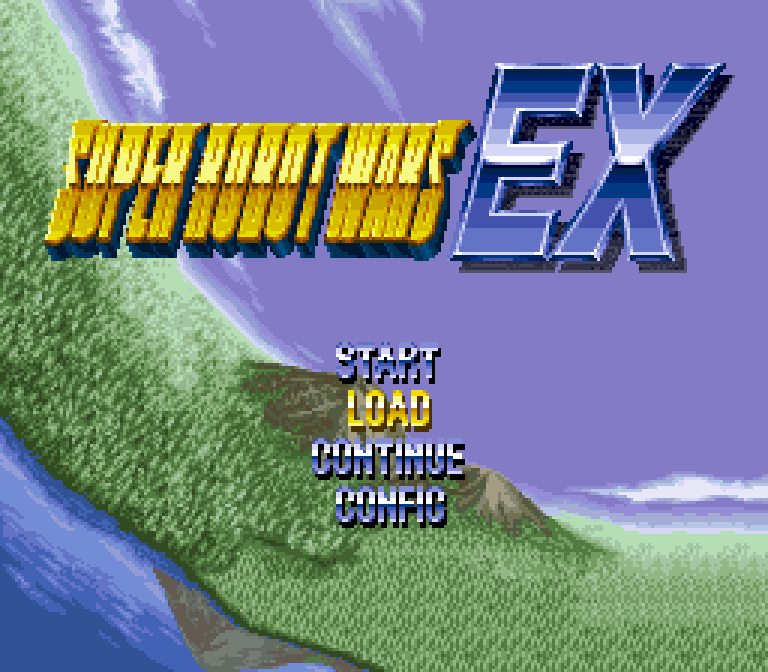
Undercover Cops (Super Famicom, English Translation)
Please enjoy this bountiful collection of new fan translations. And to all you translators and ROM hackers: good work and thank you for sharing gaming history with the world!
2. How a Pineapple Changed from a Vegetable to a Fruit
I recently found an old blog post by XSEED Games about the localization of Story of Seasons: Trio of Towns. They describe an unexpected gameplay quirk when they discovered that strawberries, melons, watermelons, and pineapples are classified as vegetables in the Japanese version.
Mato explained the reason as we were driving home from picking up some delicious pizzas. It seems strange to us to consider a strawberry a “vegetable”, but that’s not actually what’s happening. In Japanese, they’re not considered “vegetables” but rather 野菜 (yasai). It’s true that yasai is usually always translated as “vegetable”, but it’s not a perfect 1:1 match between Japanese and English. It’s just usually never an issue, except in cases like this.
So to fix this, XSEED can just write “fruit” instead of “vegetable” for those four crops in English, right? Nope. Because the Story of Seasons games are farming sims, things like crop values and a special fruit festival meant that the guts of the game itself needed to be changed for the North American release.
XSEED Games had to go to the Japanese developers and they were able to work together to make strawberries, melons, watermelons, and pineapples giftable during the Fruit Fiesta. Read the whole post here! (scroll down to the “gaiden” part)
3. Interview with M2 About Sega AGES Ports
GearNuke recently posted an interview they had with M2, the development team who ports Sega titles to the 3DS and now the Nintendo Switch. For the Switch in particular, more is going on behind the scenes than just a standard port. Here’s what they had to say about the localization aspect:
Regarding the titles we are currently porting, the only thing that will be localized in the games will be the menu, and the rest of the game will be left as is. The English in Phantasy Star can be very awkward, but because we want people to feel the nostalgia, we decided to leave it as is.
When we released the Genesis/MegaDrive title Monster World IV for the SEGA Vintage Collection 3, it had never been released outside of Japan, so we had our current localization team translate this title. This title ended up with translation quality which wouldn’t have been possible to have back in 1994 when this game first released.
In the future, we may try localizing titles which have never been translated if we can draw a reaction.
So we might be looking at some brand new official localizations of older Sega games in the future! Read the whole interview here.
4. Non-Finalized Pokemon Names Uncovered
Peer Schneider shared a slew of Pokemon stickers he found while cleaning house recently. Some of the names were still in development when these stickers were made. It’s a neat peek into the naming process!
What your favorite “original” names? I really like NY and LA for Koffing and Weezing.
5. A Long Chat with Sega’s Localization Team
What would a Localization Roundup be without mentioning the genius team that breathed new life into the Yakuza series?
Game Informer sat down with Sam Mullen (localization director) and Andrew Davis (localization producer) at Sega/Atlus to talk about how games like Yakuza and Persona reached Western audiences.
The topics of discussion are:
- Localizing content that feels out-of-place or problematic in another region
- How much overseas fanbases matter to development decisions
- The recent resurgence of Japanese-developed games
- Localizing comedy and finding funny translators
- Writing a consistent voice for games with contrasting styles
It’s a long interview and it’s filled with fascinating stuff. Please give it a read!
6. Karakuri Funniest English
Let’s close it out with a little blast from the past. There was a show a long time ago that had a segment called Karakuri Funniest English. Host Thane Camus would ask Japanese people to tell a story based on a theme. Then he’d ask them to tell that same story in English. You can imagine the results given the segment’s name.
Mato translated a few of these segments many years ago. Here’s one:
Well, that’s all for this roundup. If you find anything that’d be a good fit for future roundup articles, let me know in the comments!
Mato's written quite a lot about fan translations in the past - check out some other articles here. And if you're in the mood for more funny English, see this. The video's especially great!



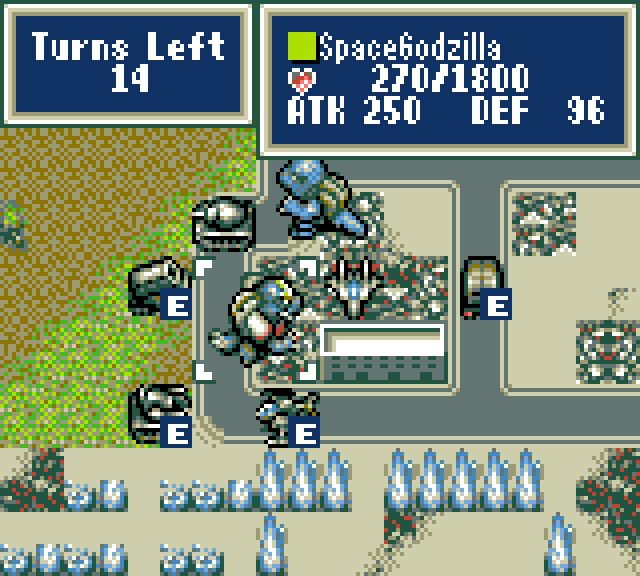

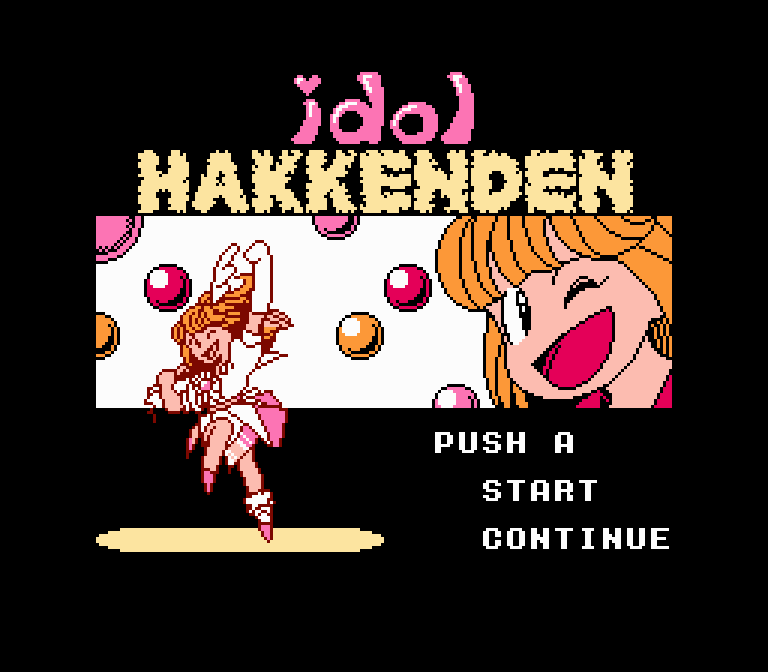
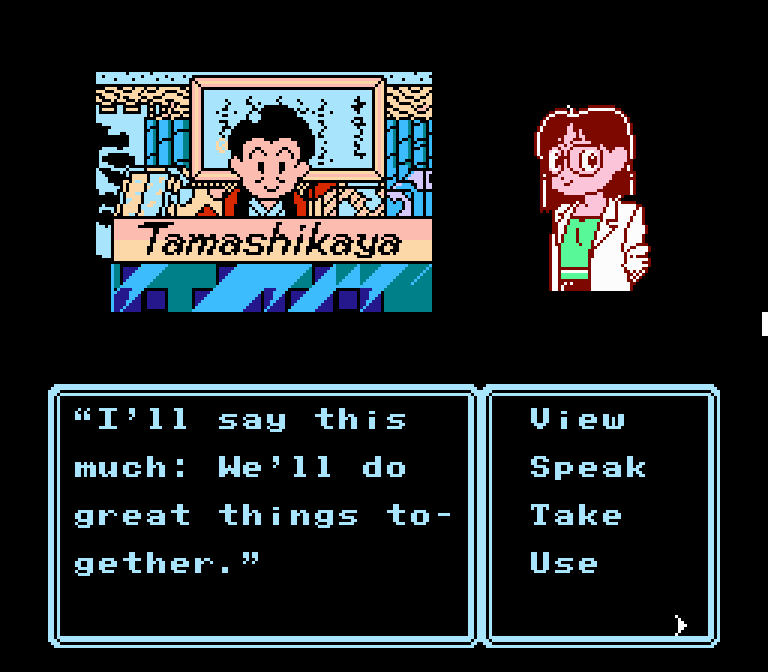
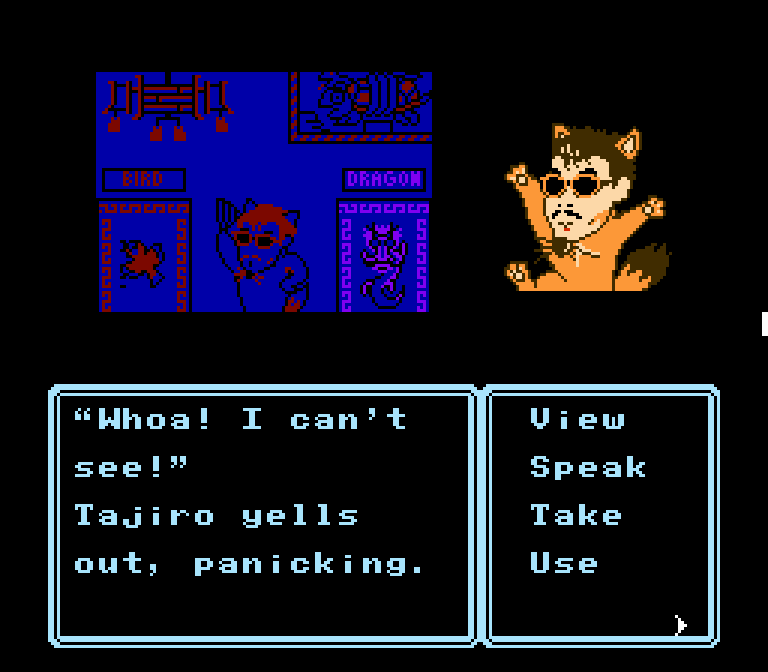
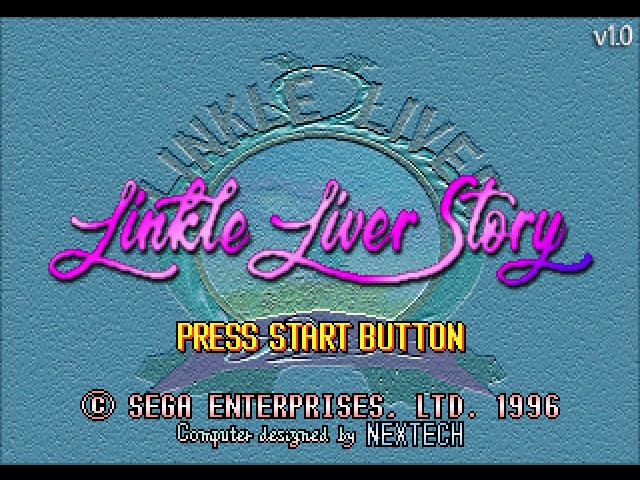

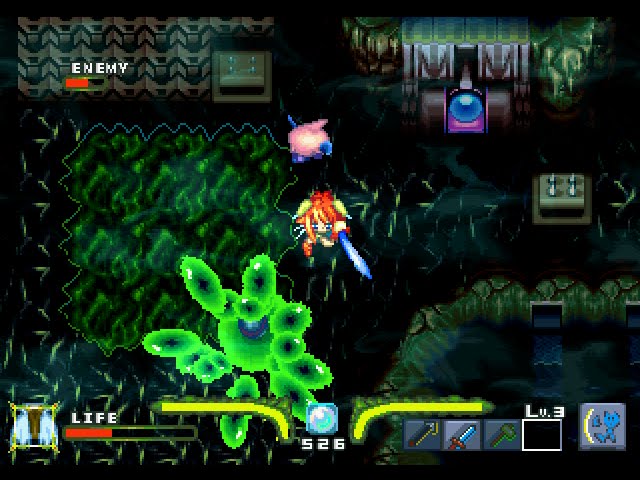
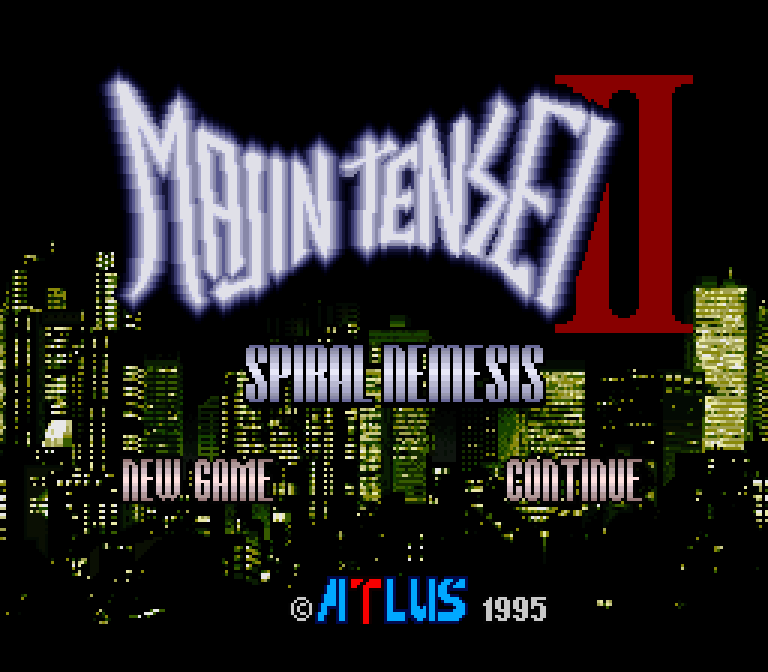
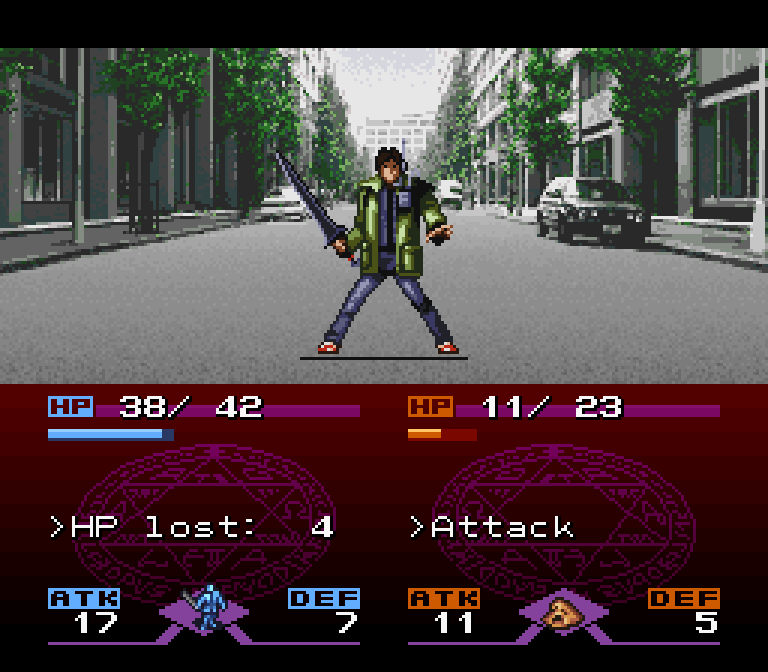
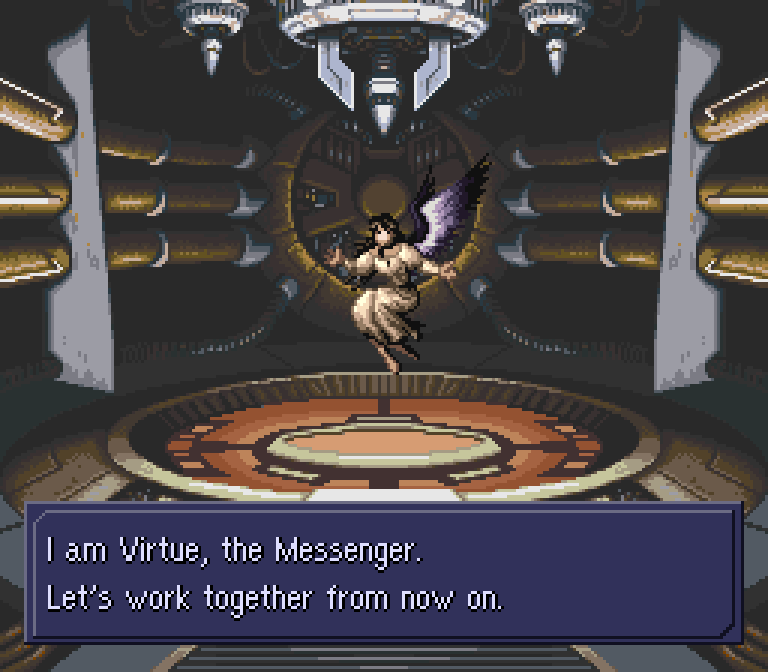

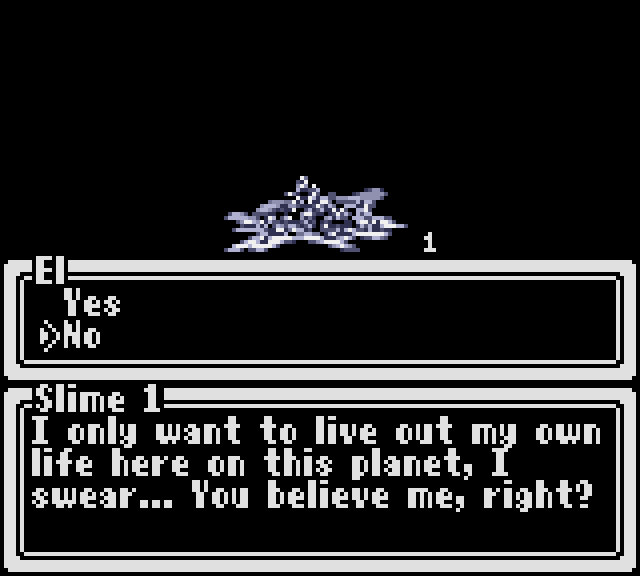
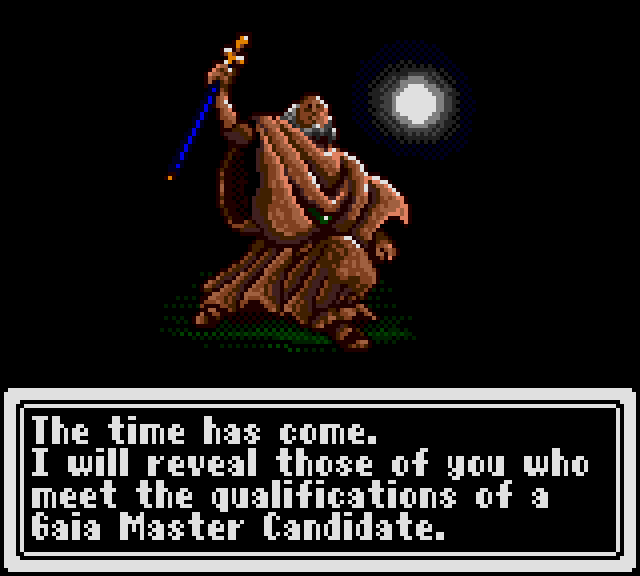
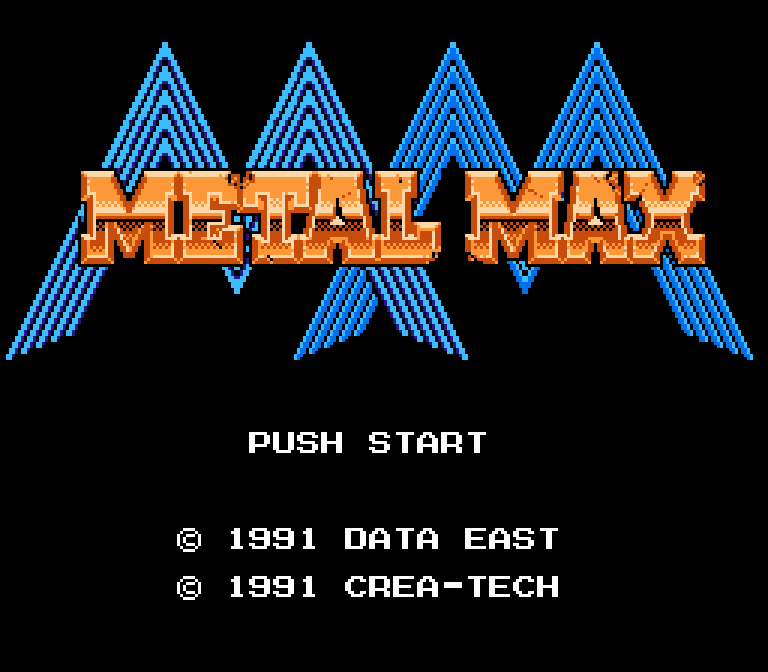
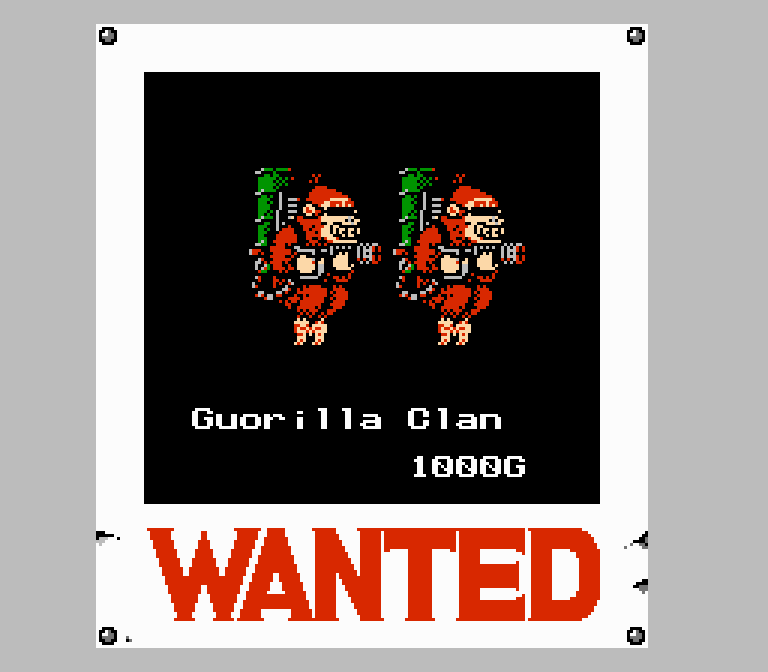
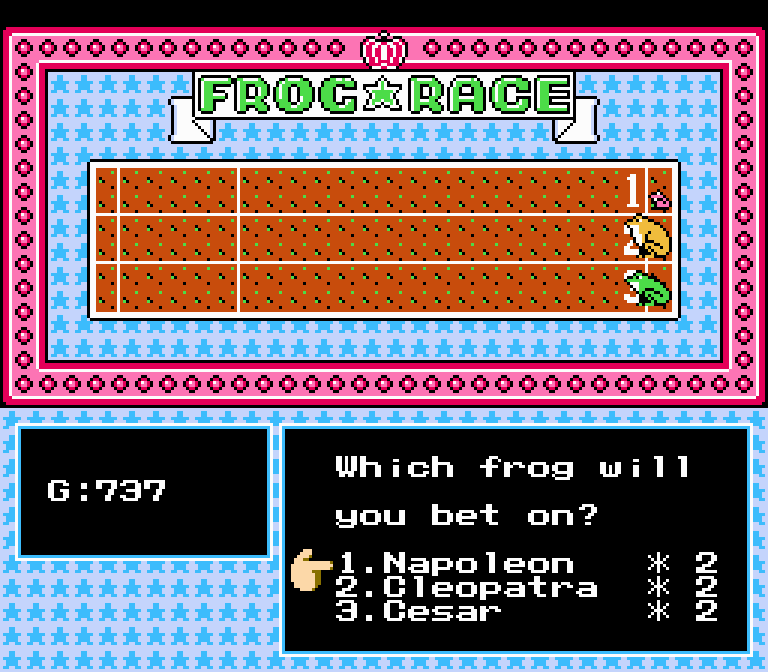

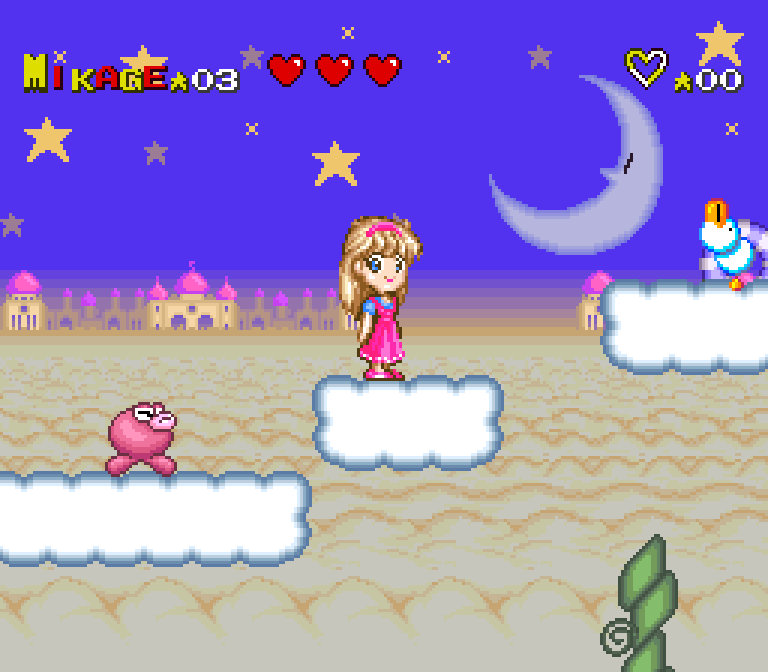
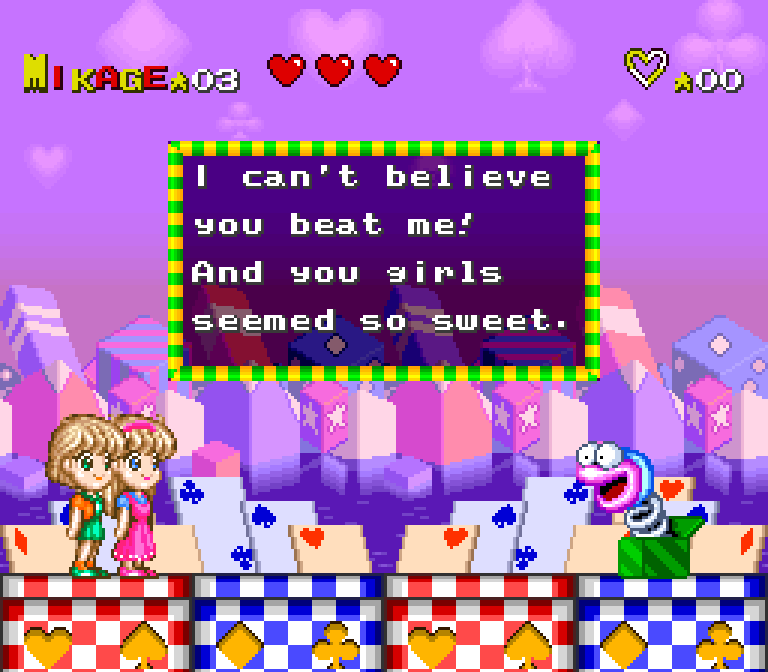


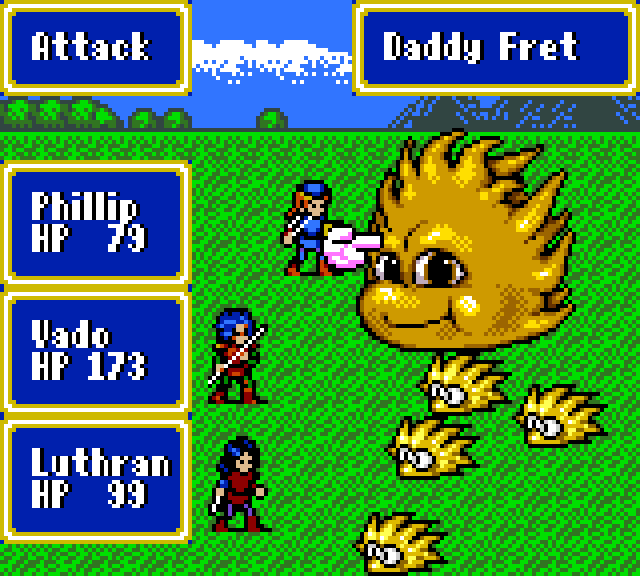
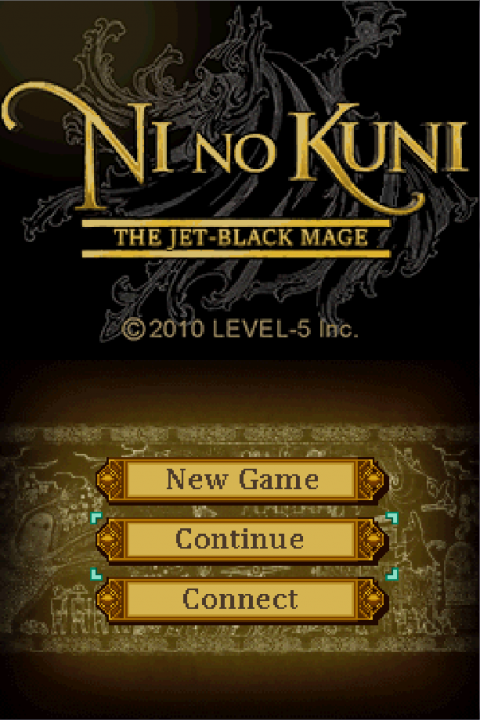

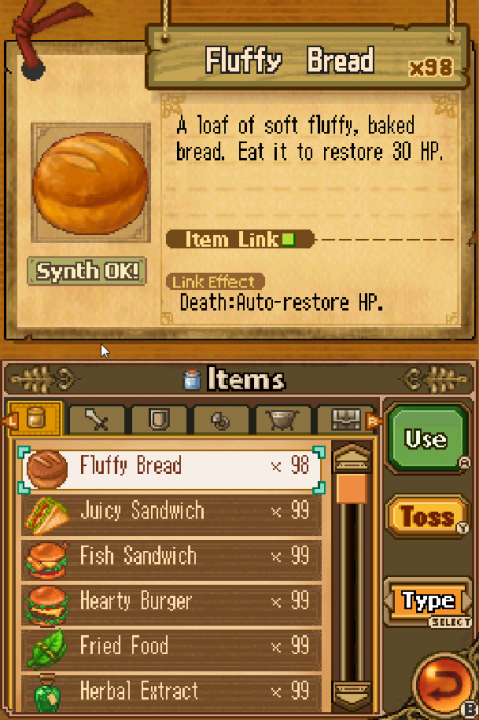
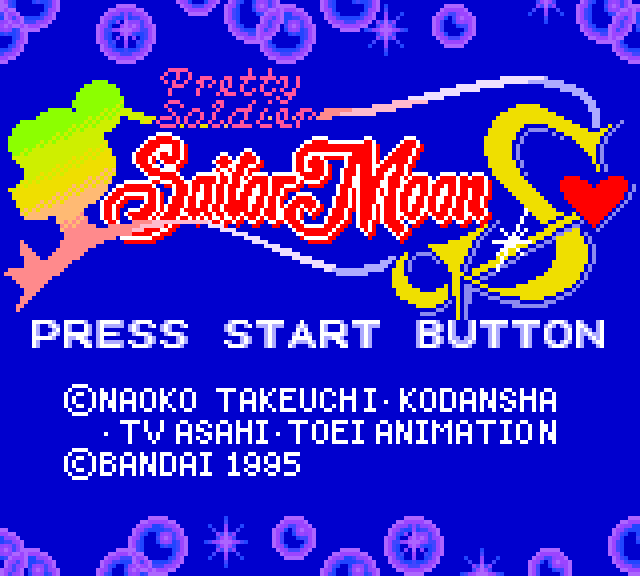

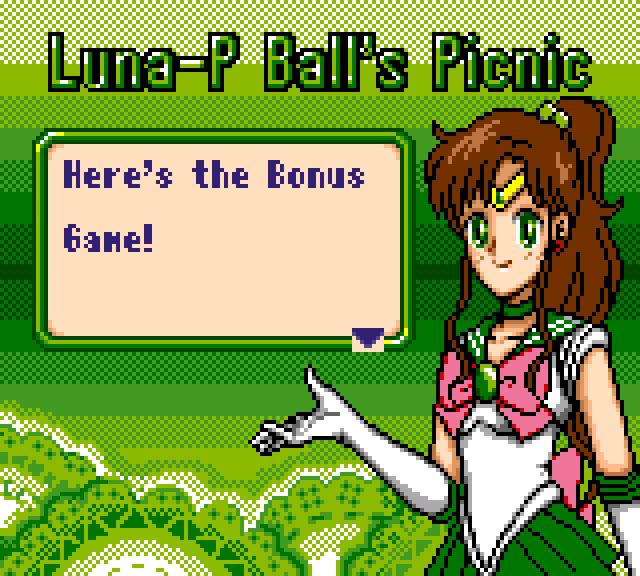
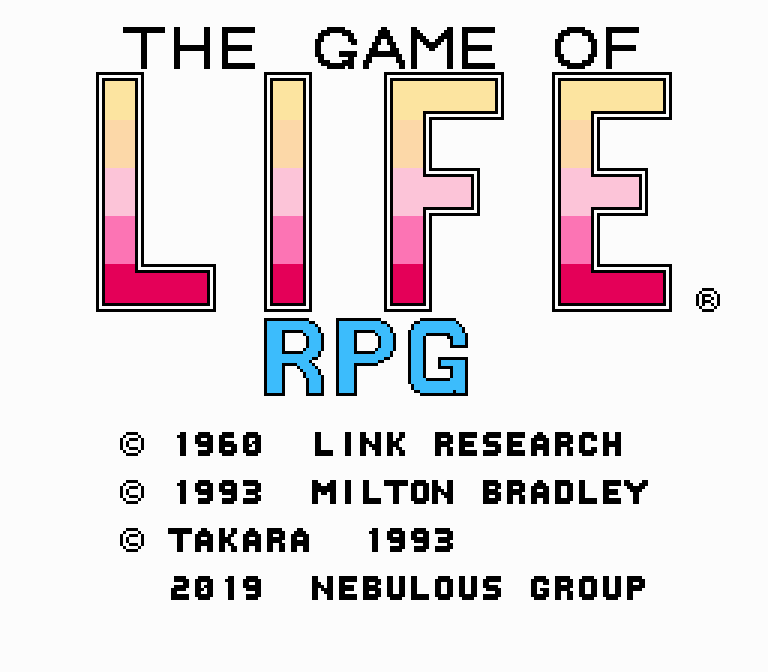
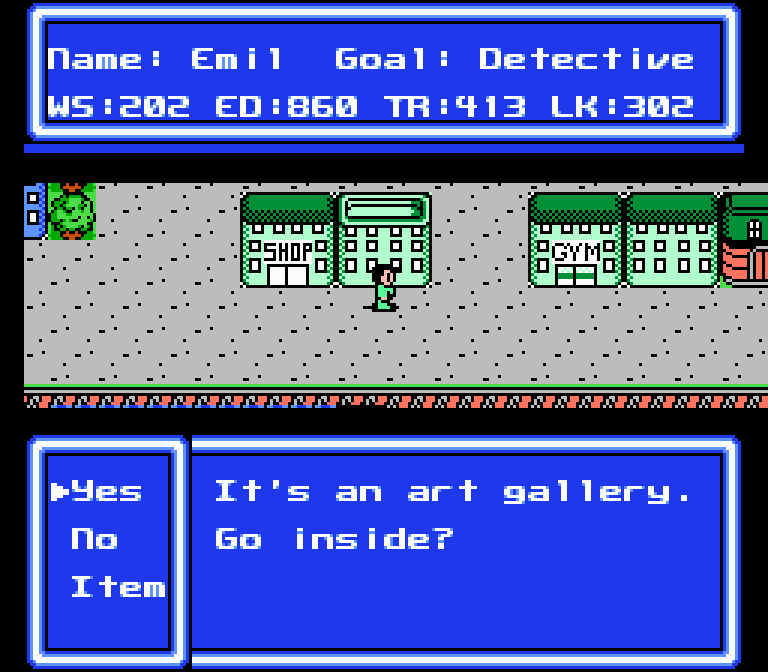

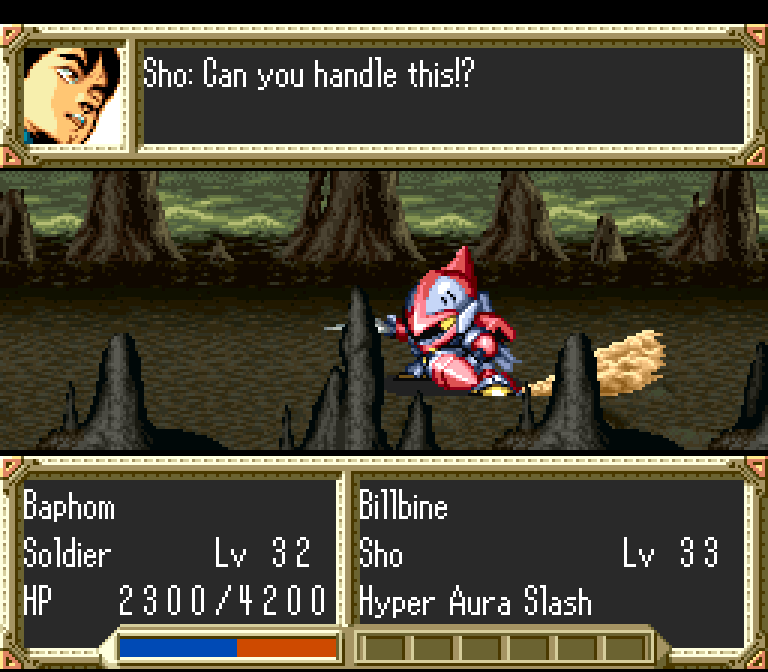
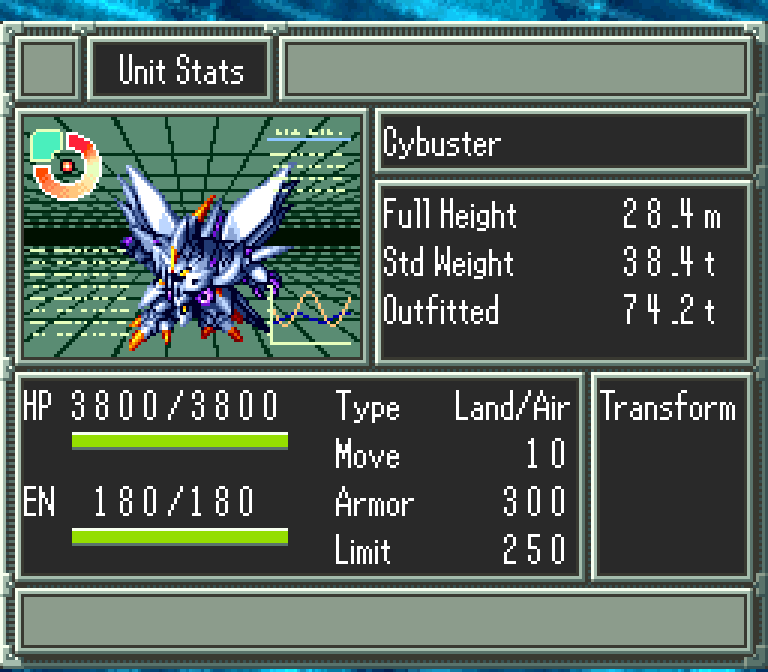





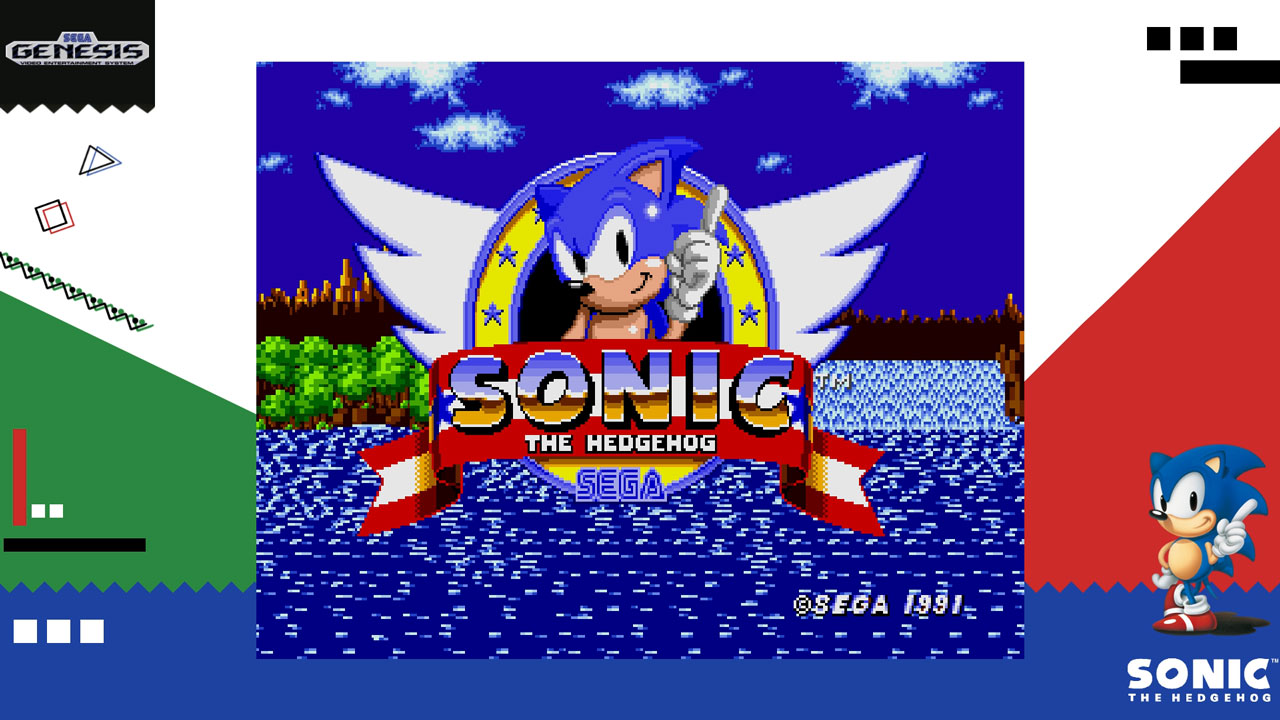

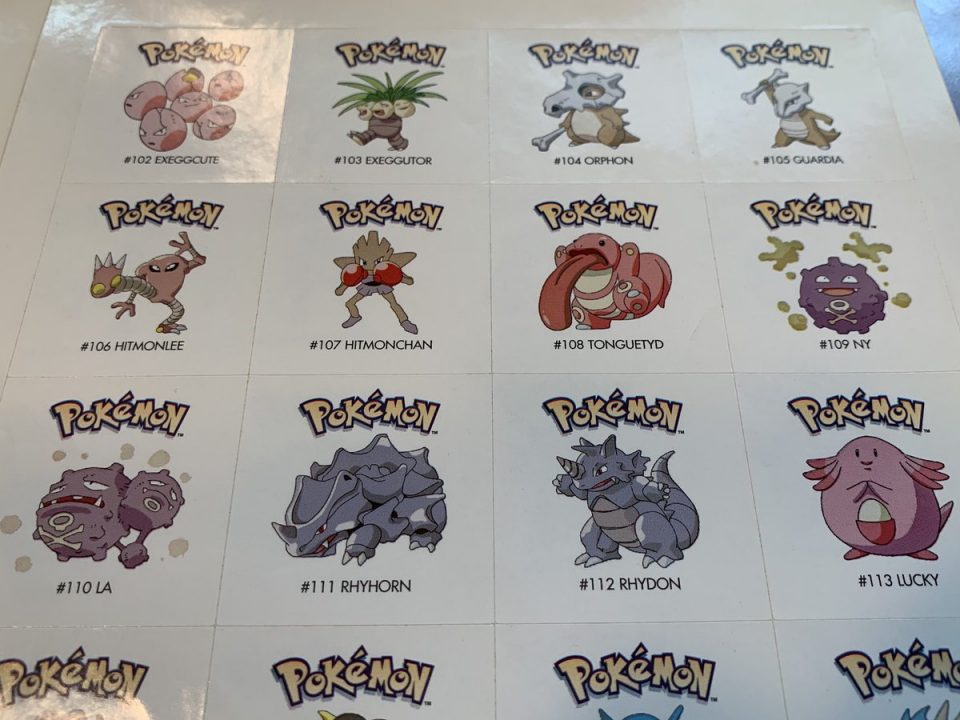
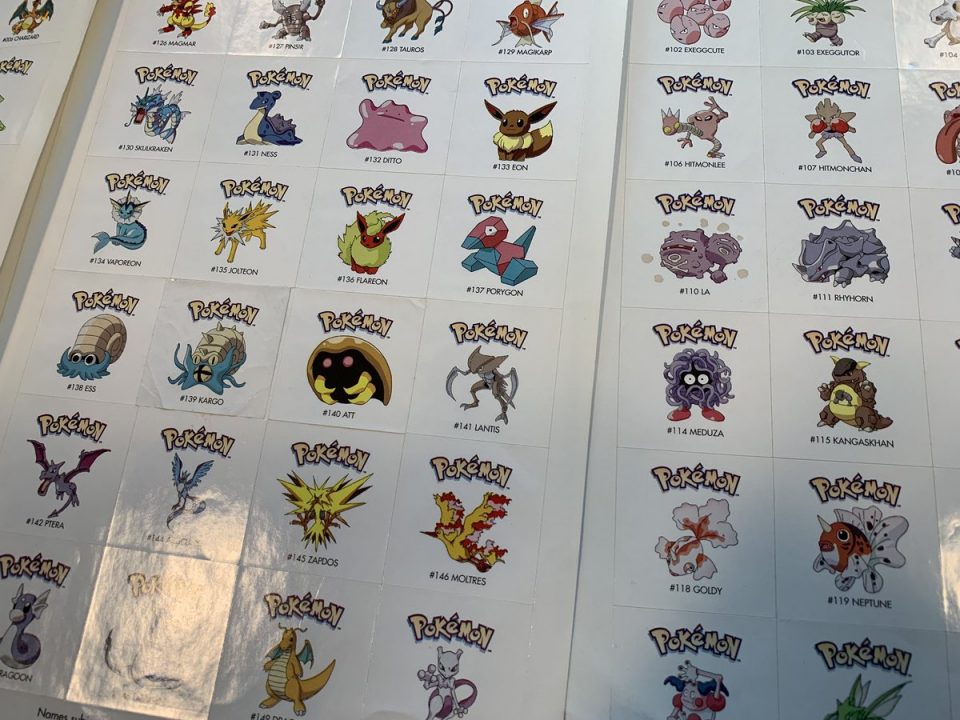
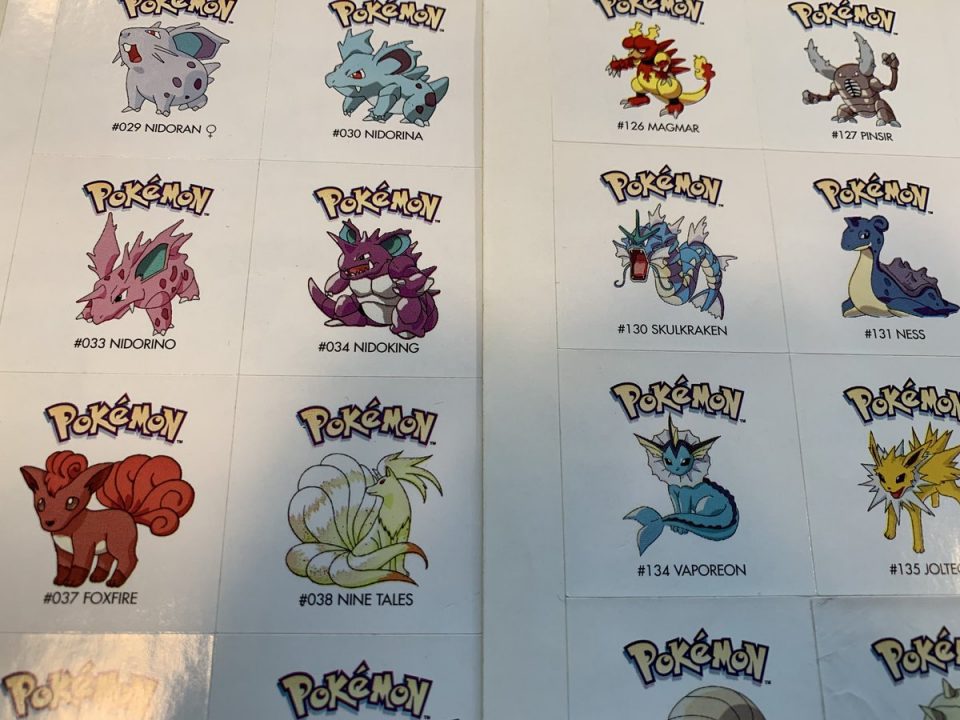

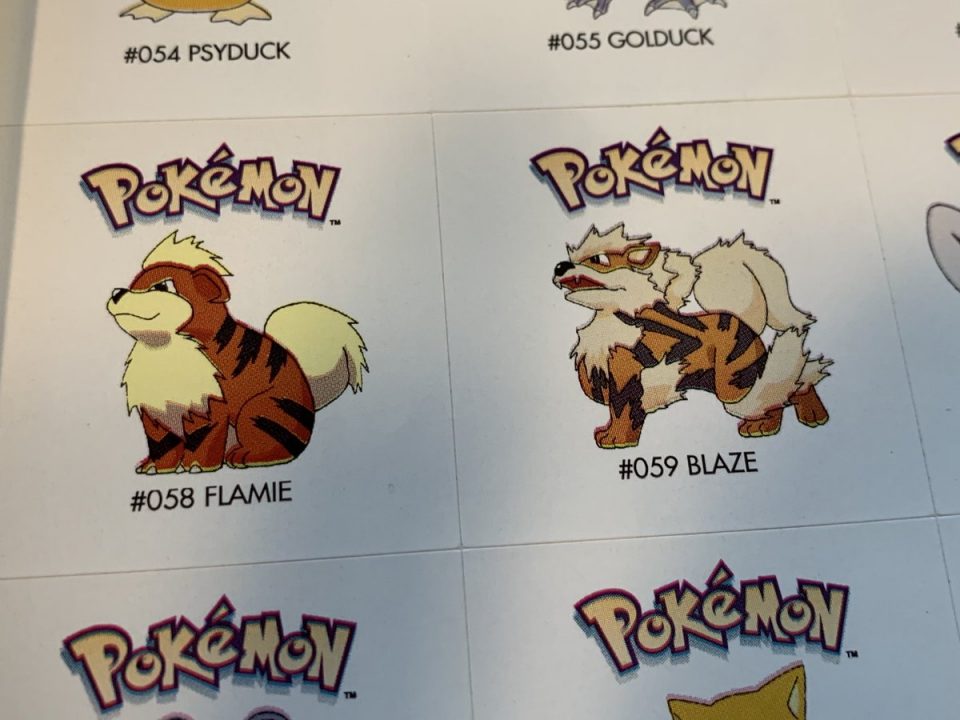
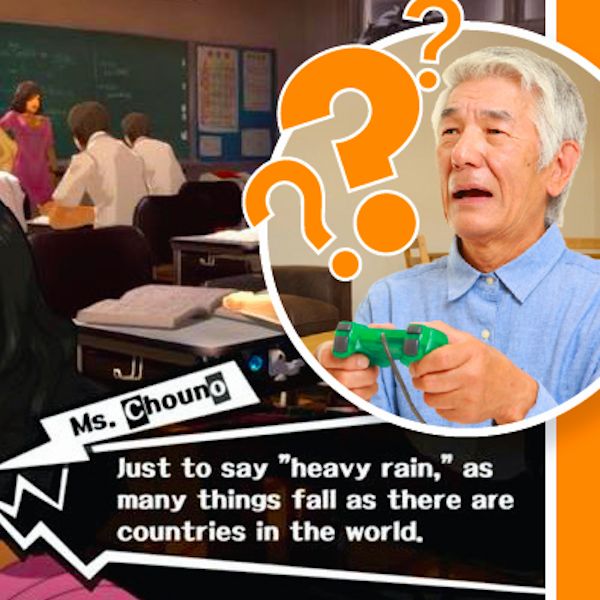



Never heard of “Godzilla: Monsters Attack”. At a glace it looks like it fits into Intelligent Systems’ “Wars” universe.
Miracle Girls was one of the first Super Famicom games I played, on a game copier in the 90s.
Regarding Phantasy Star, the retranslation by SMS Power! is less popular than you might think due to nostalgia. It’s similar to the sentiment that the Woolsey translations are preferable even when the major issues are known. This sentiment extends even to Phantasy Star’s soundtrack. SMS Power! worked off the original Japanese ROM, which includes FM synthesis but many people prefer the original 3 square wave version. It might seem M2 is being cheap or misreading their audience, but they’re probably doing the right thing.
Thanks for the Karakuri Funniest English! I discovered this on my first visit to Japan some 25 years ago and still laugh remembering some of the bits. I have a couple digitized onto my PC from VHS tapes my host sister gave me, but first I’ll raid YouTube for your translations to make it easier for my English-only family to enjoy. (My favorite was the businessman who conveyed his detailed concerns about global warming in English as “Hot, hotter, hottest.”)
Ahh, that’s wonderful! Karakuri Funniest English is a precious commodity 🙂
Well, “vegetable” is more a culinary and cultural term than a botanic one. Which is how tomatoes can be both fruits and vegetables, depending of who you ask.
That’s always the kind of thing I find fascinating, how thing we take for granted are actually not this obvious outside of our own culture.
And for the Pokémon name, Ess and Kargo and Att and Lantis are really fun name, and outside Fungus/Amoongus not something that was used that much in naming.
As I put it, fruit is a technical term for a thing that develops from a fertilized flower. Vegetable is just “plant parts that aren’t sweet”.
Wait… wasn’t Miracle Girls translated… like, *years* ago? Or was there an update/new translation of it? I know I played through it to rip SPCs back in my days on SNESMusic, and I’m… *reasonably* sure it was already in English way back then…
I was going to say something, too, but figured I was misremembering. Looking it up, yeah, it was done in 2000: https://www.romhacking.net/translations/391/
The newer one is done by a separate group: https://www.romhacking.net/translations/781/
I’ve definitely seen those pokemon names before. Bulbapedia has an article on it, including a picture of an old poster.
https://bulbapedia.bulbagarden.net/wiki/Pok%C3%A9mon_Red_and_Green_beta#Pok.C3.A9mon_names
Yeah, those beta Pokemon names aren’t a new discovery. They’ve been known since… hell, I think they’ve been known since before the games even came out in English, I recall seeing some ancient ancient fansite on Geocities or something that had English summaries for a bunch of early anime episodes, and which used a mix of Japanese names, English names and these particular beta names, meaning it was probably translated off Japanese summaries back before the games officially came out in the west.
(I tried googling, but couldn’t find anything. I very specifically remember the episode title ラプラスをたすけろ being translated as “Save Ness” or “Rescue Ness”, though)
How is “yasai” different from “vegetable”? Or is it just that the Japanese have different ideas about what counts as a vegetable?
Disclaimer: I have no idea what the actual difference is. But to make an educated guess:
I seem to recall one of the other Ranch Story games, which did NOT change the categories, considered anything that grew on a tree a “fruit” and anything that grew elsewhere a “vegetable.” So many the distinction has to do with how the plants grow? Pineapples, strawberries, melons, and watermelons are all ground plants. But fruit trees such as apple, orange, and peach are also available in the game, and those are classed as “fruit.”
That’s just my hypothesis, though, as someone who doesn’t actually know.
Yeah, it’s not a 1:1 relationship. I’m not an expert on vegetables in any language but a quick look shows that the Japanese government considers a yasai to follow the four things:
So that makes things like strawberries and melons technically vegetables in Japan. Apparently things like konjac violate that third bullet point, so although they would normally seem like vegetables at first glance, they’re processed to be edible which makes them unrecognizable.
But that’s just the technical classification, of course. I feel like in everyday life, Japanese people consider & consume strawberries, etc. as fruits. It actually reminds me exactly of the whole “is a tomato a fruit or a vegetable” argument that people have here.
Since you mention the government, does that mean that “yasai” is as much a tax classification as it is a socio-culinary one?
If it is, it’s reminding me of a debate that occurred in the UK once, over whether the popular snack food Jaffa Cakes were cakes or biscuits/cookies–because the distinction had tax ramifications.
Or of how Marvel once fought to get toys of the X-Men characters classified as toys of nonhumans, despite that running contrary to the theme of the series, because that too was important tax-wise.
Some of the wording I’m seeing is more that they’re classified that way for calculating production totals and shipping totals, which I’m sure have all sorts of uses, including taxing purposes, I assume.
For the US side of things on what’s a fruit and what’s a vegetable, check Nix v. Hedden. Yes, the Supreme Court actually had to decide if a tomato is a fruit or vegetable. I’m of the opinion they should have struck down the entire taxation scheme in question as too vague to be enforced equally, as they would do in Chicago v. Morales, but that’s a whole separate topic.
Maybe this is why our parents always told us to eat our veggies when we were kids. It’s far too confusing to explain why we need them when we have this much trouble classifying them! XD
The changes they made to the crops in Story of Seasons: Trio of Towns are interesting, because it seems like the obvious solution would have been to change the strawberries, melons, watermelons, and pineapples to other foods that are thought of as vegetables in American culture, and indeed, that kind of change has often been made in other games, like in the English localization of Earthbound, where the Octopus Eraser and Kokeshi Eraser were changed to the Pencil Eraser and Eraser Eraser, so they wouldn’t be dependent on wordplay that only makes sense in Japanese, and the graphics for the obstacles you use them to get past were changed accordingly.
However, the amount of work that’s required to edit graphics assets for video games has increased enormously since people started using 3D models for everything instead of sprites with only a few frames of animation, whereas anything to do with game mechanics is pretty much programmed the same way today as it always was, except for game mechanics that have to do with pathfinding and movement in a 3D space. I think that probably, at some point, a threshold was reached and it actually became easier to resolve issues like this by changing the game mechanics so that certain crops are considered to be fruits instead of vegetables than to resolve them by changing those crops to different things and having to change the graphics for them.
(And that’s okay for a game that takes place in a fantasy world, but I really wouldn’t want changes like that to be made in localizations of things like the Yakuza and Persona series that are explicitly supposed to take place in Japan, because then it would be telling people false information about a culture that actually exists in real life. In Persona 5, you go to high school classes and you actually have to answer questions about Japanese history and government, which might be hard for people who have never lived in Japan, but the game at least tells you the right answers….)
I see that, even at the early stage of localization those Pokemon stickers come from, the final “Pokémon” logo that was used for all the English-language branding was in place (the Japanese releases of the games had used a much simpler wordmark of 「ポケットモンスター」, which is what “Pokemon” is a contraction of.) And in fact, the same logo is still being used even in Let’s Go Pikachu and Eevee. (I honestly wonder if the only reason they’ve never changed the logo is because it’s on the backs of all the cards for the trading card game. Keeping the same card back is considered a big deal in trading card games, because if new cards are printed with a different design on the back, that effectively marks them and allows you to gain an unfair advantage by knowing whether you’re going to draw one of the old cards or one of the new cards next.) Also, I’d forgotten how much emphasis the early branding put on listing the National Pokedex number for each Pokemon. They probably stopped doing that because, in the Generation 1 games, most Pokemon’s numbers correlated pretty well with the order in which you saw them as you progressed through the game, but when new generations came out and Pokemon with numbers above and below 151 would be mixed together in the same areas, that wasn’t possible anymore.
It’s interesting that, since Eevee at one point was intended to be called “Eon”, that would have provided an obvious connection to Vaporeon, Jolteon, and Flareon. Since they changed the former but kept the latter three, that connection was lost. (In Japanese, there isn’t any overarching similarity between the Eeveelutions’ names.) They also seem to really like names for evolutionary lines that come from splitting a word into two parts (“Ess” and “Kargo” or “Att” and “Lantis”,) even though Abra and Kadabra are the only names of that type that made it into the final product. And I’m pretty sure “Polihirl” is just a typo, not a name that was changed to “Poliwhirl”. If it was spelled “Polihurl”, that might be justified by saying it’s a polliwog that hurls bubbles at you or something, but it’s not.
The names “Hitmonlee” and “Hitmonchan” always seemed to me like Nintendo were trying to cram references to too many different things into one name, and the result just doesn’t sound good, so I’m actually surprised that those names stayed the same for so long during development. Maybe they intended to replace those names if they thought of something better, but they never did. It’s still fun to wind people up by telling them that Hitmonlee is named after Robert E. Lee and Hitmonchan is named after Charlie Chan, though.
In Japanese, instead of having references to Bruce Lee and Jackie Chan, Hitmonlee (the guy that uses kicking moves) is called 「サワムラー」 after kickboxer Tadashi Sawamura and Hitmonchan (the guy that uses punching moves) is called 「エビワラー」 after the boxer Hiroyuki Ebihara (not Ebiwara; the Pokemon’s name is pronounced differently for some reason, maybe to make it clearer that エビワラー and サワムラー are connected to each other, since they both have ワ and ラ sounds.) In general, it seems that Japanese media are much less worried about getting sued for using names that are obviously based on real people, but not exactly the same as those people’s names, than American media would be (see also: the name swap between M. Bison, Balrog, and Vega in the English releases of Street Fighter games. Apparently, if you call a boxer “M. Bison”, then it’s just too obvious that it’s a reference to Mike Tyson, but if you call a dictator “M. Bison”, nobody will suspect anything, even though there’s now a character named after Mike Tyson that’s explicitly supposed to be evil, so you’d think it would be more defamatory.)
“In Japanese, there isn’t any overarching similarity between the Eeveelutions’ names”
And we can be thankful for that since Japanese gen 1 Pokemon names were total rubbish. Even with a game as messy and poorly coded as Red/Green were, I have ZERO idea how the unrelated サンダース (Thunders AKA Jolteon) and サンダー (Thunder AKA Zapdos) debuted in the SAME GAME.
…I mean, if you’re to look at the English gen 1 Pokemon names from a pure objective standpoint and ignore any kind of “I grew up on them so they’re good” logic that would apply to to the Japanese names as well for those that grew up on THEM… the English one are kinda total rubbish as well. Plain English words (Electrode, Golem), English words spelled slightly differently (Onix, Seel, Muk), reused Japanese names that make no real sense in English (Zubat), misromanized Japanese names that just end up as nonsensical syllables (Lapras), weird nonsense that probably made sense to the localizer himself at some point during the process (Farfetch’d)… and of course “Mr. Mime”, which I think pretty much everyone considers a hilariously bad decision. There’s definitely some inspired stuff in there (“Squirtle” is genius), but come on, can you really say this ISN’T the gen with the worst English names if you sit down and actually think about it?
Nostalgia and what people are personally used to goes a long way, which is why we get people going “That crab Pokemon from gen 1 is called ‘Crab’ in Japan, that’s just a plain English word, haha, that’s dumb” without it even occurring to them that there’s a gen 1 Pokemon called Electrode in English, something they probably never thought of as dumb.
Thinking about terms and names you grew up as “just what these things are called” from a purely objective standpoint is not easy, and not something everyone can do.
Sure, but the Japanese names have a much higher percentage of that style of naming.
Huh, a Godzilla SRPG. Neat. I would definitely love to see him in more RPGs, though that’s probably not going to happen.
Why was a massive book needed to play Ni No Kuni? That seems like it would be a stumbling block even in Japan.
It’s part of the “flavor” of the game. The game revolves around a young boy who becomes a wizard and has a magical book to teach him his spells and skills; the book that comes with the game is supposed to be a real-world version of that book. It’s partially a strategy guide (a la Earthbound), partially worldbuilding (for example, it contains folktales from the world of the game), and partially very, very oldschool-style copy protection. The PS3 version of the game contains a digitized version of the book, but the DS version would’ve had massive issues with cartridge space, so the book had to be physical for that one.
Only a few parts of the book are truly needed to advance in the game, so you can in fact make do with just a guide to help you through those bits. But it also makes for a really fun and unique strategy guide that’s fun to browse. The folktales in particular are very enjoyable.
“Knowledge is recognizing tomato as a fruit. Wisdom is not putting it in a fruit salad.”
“This title ended up with translation quality which wouldn’t have been possible to have back in 1994 when this game first released.”
While I understand the sentiment and agree with the general gist of the statement…
Come on, guys. 1994 was post-Ninja Gaiden. It was totally POSSIBLE to have a superb translation that feels natural, just not LIKELY.
I never have been, nor am I currently, nor will I probably ever enjoy the bad and annoying habit of “fan-translators” to randomly decide not to localize certain words or even entire titles, other than lazily spelling them out in romanized “English”.
I really don’t understand how or why fan-translators think that we know or care what a “Hakkenden” or a “Megami Tensei” is or why we would appreciate them half-assing things like this instead of giving a proper translation that actually makes sense to a reader.
I mean if your whole thing is translating a game into English, then translate a game into English. Don’t just take random phrases, do 10% of the work, just leave it at that and say you did your job well. It’s not just video games, fan-translators are always half-assing things like this and I just don’t get it.
Whether or not they’re “translating” manga, or fansubs, or video games, this same piss-poor lazy work ethic continues to pop up all the time, utterly baffling me, when there’s a good reason that actual professionals don’t do things this way.
If I never see another “All according to keikaku” ever again, it’ll be way too soon. I firmly believe this kind of thing is completely unacceptable, yet it still keeps happening.
They did localize Hakkenden, though. Its common English name IS Hakkenden, so… that’s what it makes sense to translate it as.
Do you also think Greek gods in video games should be renamed common American names because “how or why would translators think that we know or care what a “Zeus” or a “Poseidon” is?” Or is it okay if YOU’ve personally heard of these things before?
Yeah, what’s a “Ni no Kuni?” You wouldn’t see professionals release a game in English with a name like that.